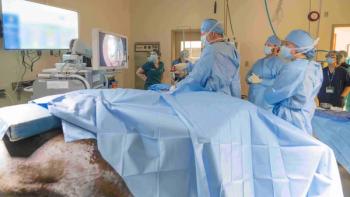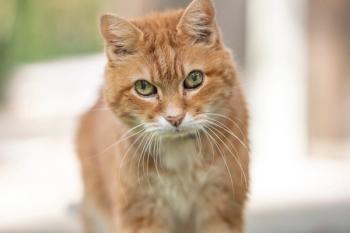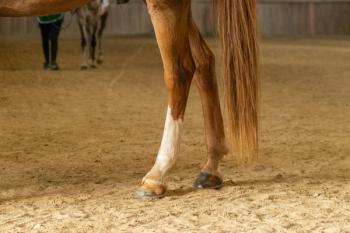
Hot Literature: Improving equine anesthesia monitoring: Spirometry for the larger patient
The use of a modified spirometric monitoring system for anesthetized equine patients was recently evaluated.
Clients and veterinary surgeons alike have legitimate concerns about accurately monitoring horses and maintaining optimal ventilation, anesthetic plane, and tissue perfusion during anesthetic procedures. With their large mass and huge respiratory volume, equine patients pose many problems for veterinary anesthesiologists. Spirometry is commonly used for evaluating human patients, but it has not become routine in equine patients because of the lack of a reliable and useful adaptation for the large-animal respiratory system. The use of a modified spirometric monitoring system for anesthetized equine patients was recently evaluated in Equine Veterinary Education.
The detailed report outlines the set up, use, and practical application in client-owned horses that were anesthetized during various surgical and diagnostic procedures. The author of the report uses this technique routinely and aimed to illustrate the practicality and usefulness of continuous spirometry through clinical examples of pressure-volume and flow-volume loops produced using this monitoring system. Since spirometry measures tidal and minute volume on a breath-to-breath basis, any changes can be rapidly detected. In these cases, a monitor with a human spirometer was used, and to allow for the measurement of the larger tidal volumes in horses, a modified pitot tube-based flow sensor was employed. The flow sensor was placed between the endotracheal tube and the y-piece of the circle system such that the sensor's two airway pressure lines faced upward to avoid water accumulation. This technique produced reliable data, even during long procedures when water condensation in the anesthetic circuit accumulated.
Continuous gas analysis and flow and volume measurements were produced, and information regarding airway compliance, airway resistance, and the integrity of the system could be interpreted from the display of flow-volume and pressure-volume loops. Specific examples of the system's ability to rapidly detect problems in the system and changes in compliance during surgical procedures as well as to generate reliable information about the patient's wellbeing are described in the report. The system can also perform pulse oximetry, adding an additional parameter to improve patient monitoring.
The set up and use of this monitoring system is relatively straightforward, and references for further information on its use in the equine patient are provided in the report.
Moens YPS. Case series: clinical application of continuous spirometry with a pitot-based flow meter during equine anaesthesia. Eq Vet Educ 2010;22(7):354-360.
Link to abstract:
Newsletter
From exam room tips to practice management insights, get trusted veterinary news delivered straight to your inbox—subscribe to dvm360.




